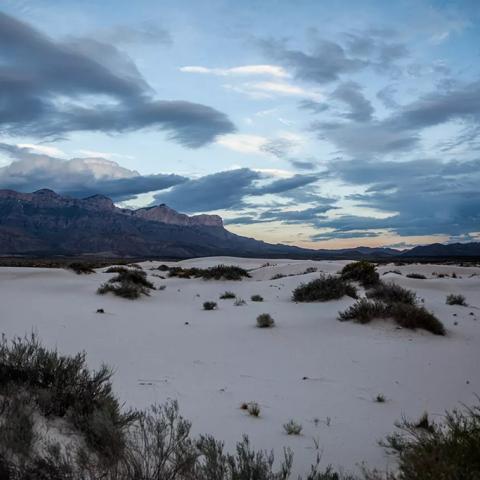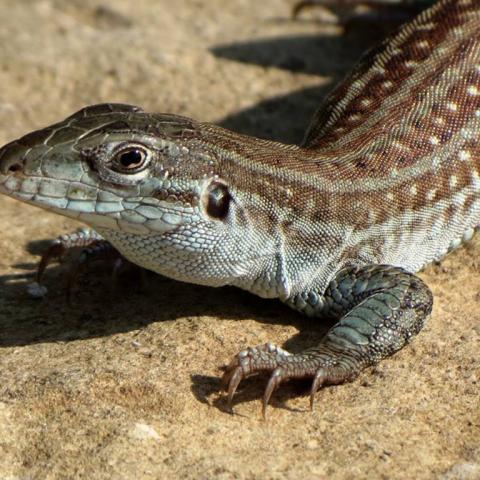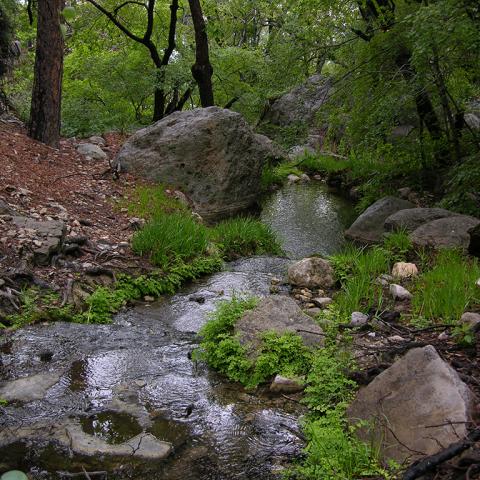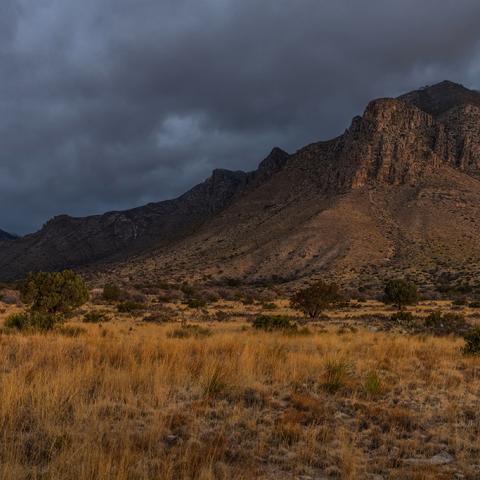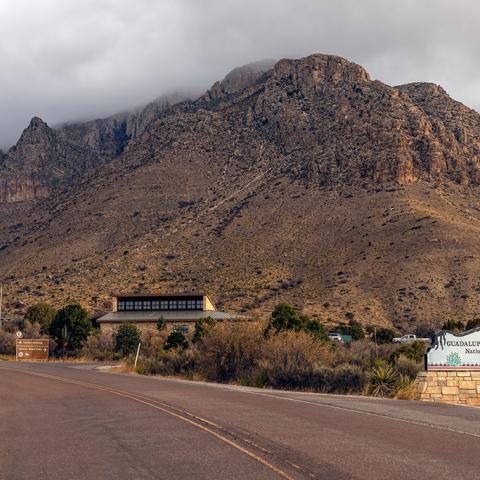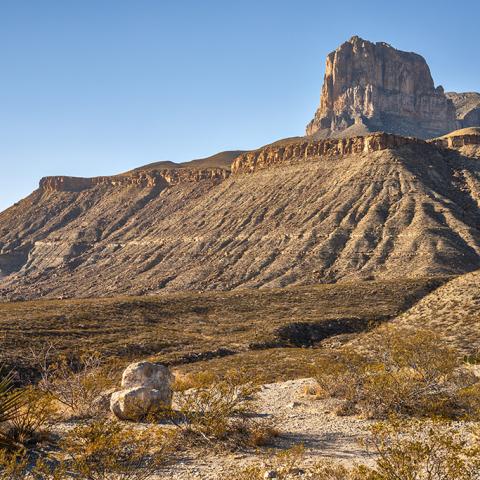The Landscape Of Far West Texas Just Beyond Guadalupe Mountains National Park
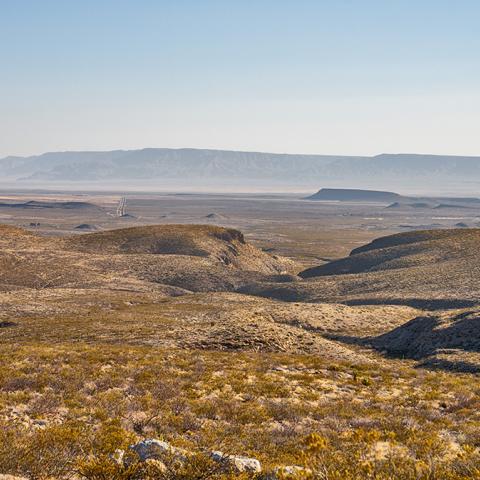
As you turn your view away from El Capitan Peak at Guadalupe Mountains National Park and instead look out south and west into far West Texas, it's hard to imagine that where arid mountains and valleys now stand, there was once a tropical ocean some 260 million years ago.
- By Rebecca Latson - April 20th, 2025 9:55am

